Feather DNA research in bid to save capercaillie
- Published
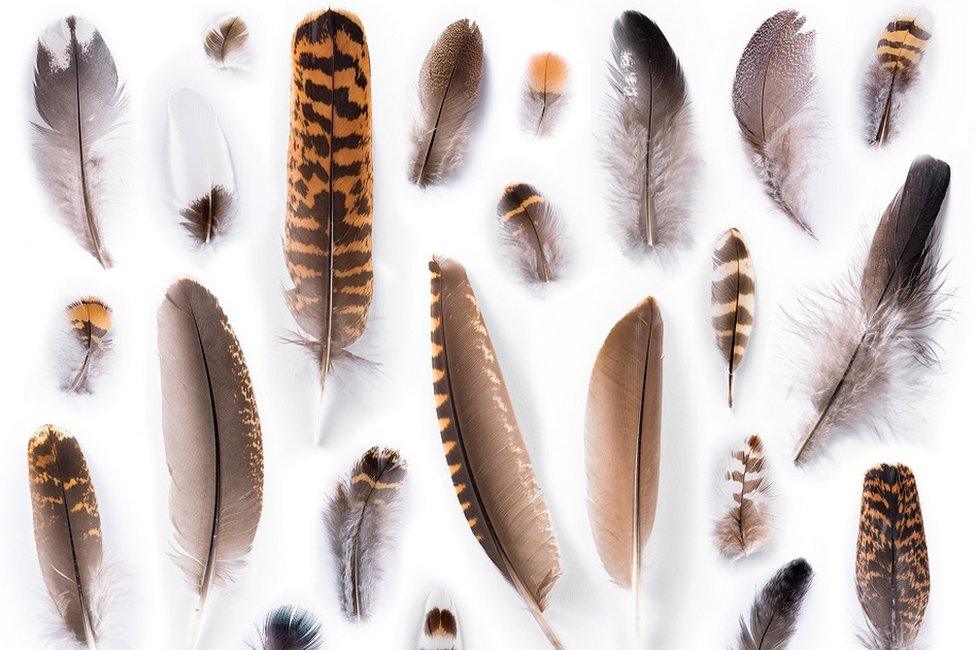
Some of the more than 1,000 feathers collected for analysis
Fragments of DNA extracted from the feathers of capercaillie could help conservationists' efforts to halt declining numbers of the birds.
Over the last 50 years, UK capercaillie numbers have fallen by more than 90%.
The majority of the remaining birds are found in the Cairngorms National Park, and are at risk of a "genetic bottleneck".
By studying the DNA, scientists hope to better understand the genetic diversity of the population.
Experts at the Royal Zoological Society of Scotland's (RZSS) WildGenes in Edinburgh are working with the Cairngorms Capercaillie Project on the research.
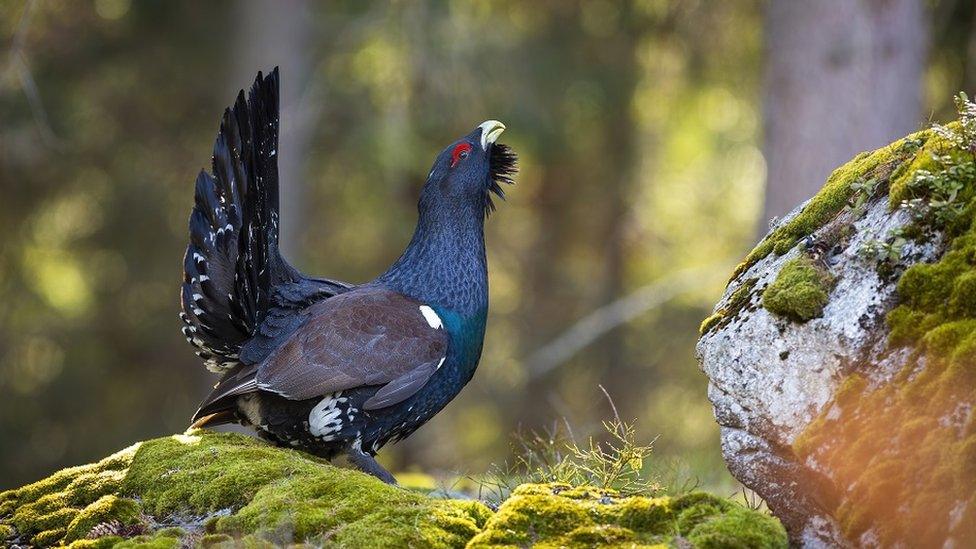
Capercaillie are the world's largest grouse
Dr Alexander Ball, RZSS WildGenes programme manager, said: "Understanding the genetic diversity of the UK's capercaillie population is critical for its long-term survival and resilience to threats.
"Our research will determine whether the conservation focus for the species needs to be on expanding the gene pool rather than simply increasing numbers.
"We will be using a novel technique that will maximise our ability to work with the degraded DNA fragments found in feathers collected from the capercaillie's current range in the Cairngorms National Park."
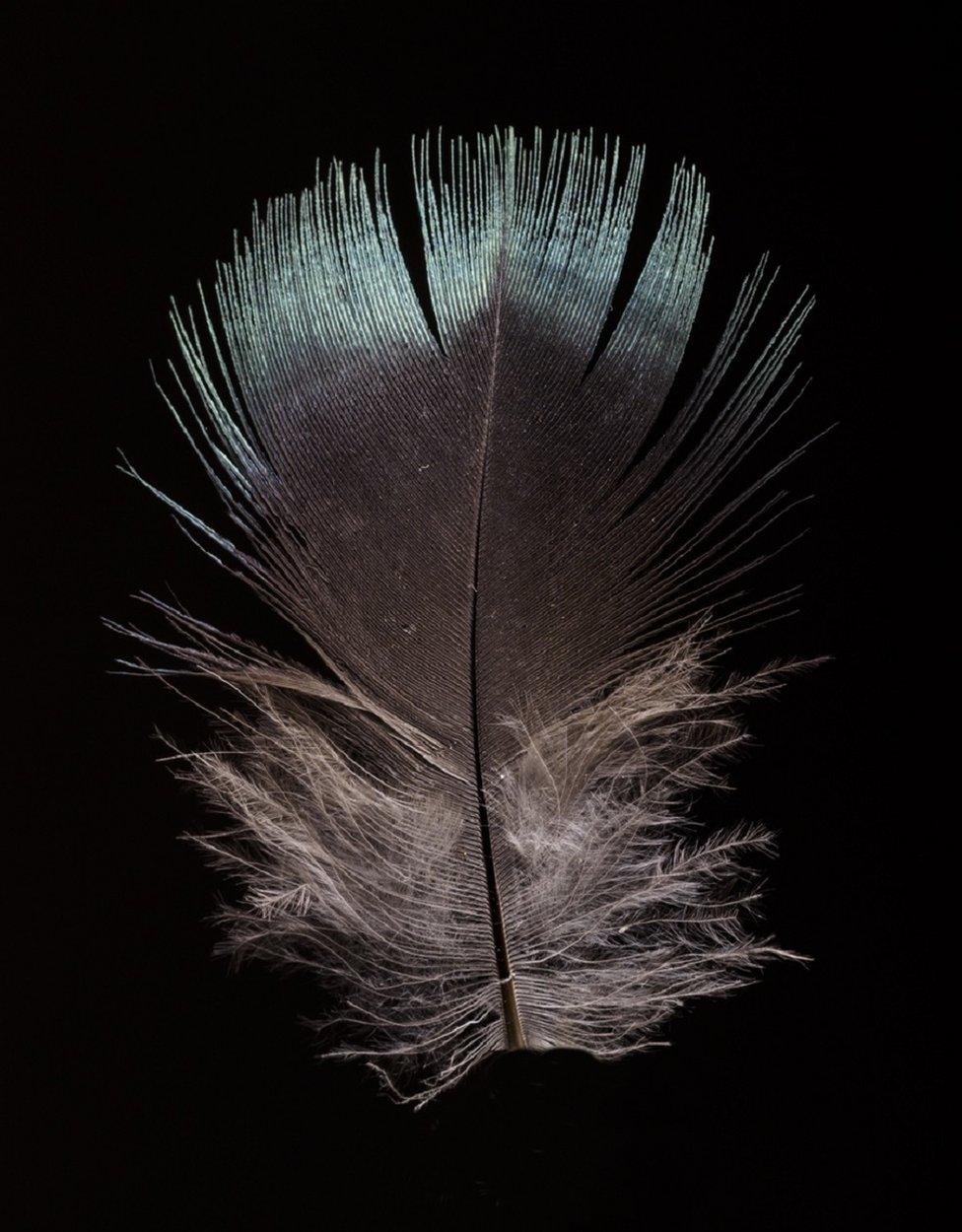
RZSS and Cairngorms Capercaillie Project are working on the feather research

Carolyn Robertson, project manager for the Cairngorms Capercaillie Project, said: "Collecting the DNA samples for this analysis was a large-scale operation in itself, with a small army of people responding to our project's call for help."
Foresters, rangers, stalkers, gamekeepers, ecologists and trained volunteers gathered more than 1,000 feathers to be sent to the WildGenes' lab.
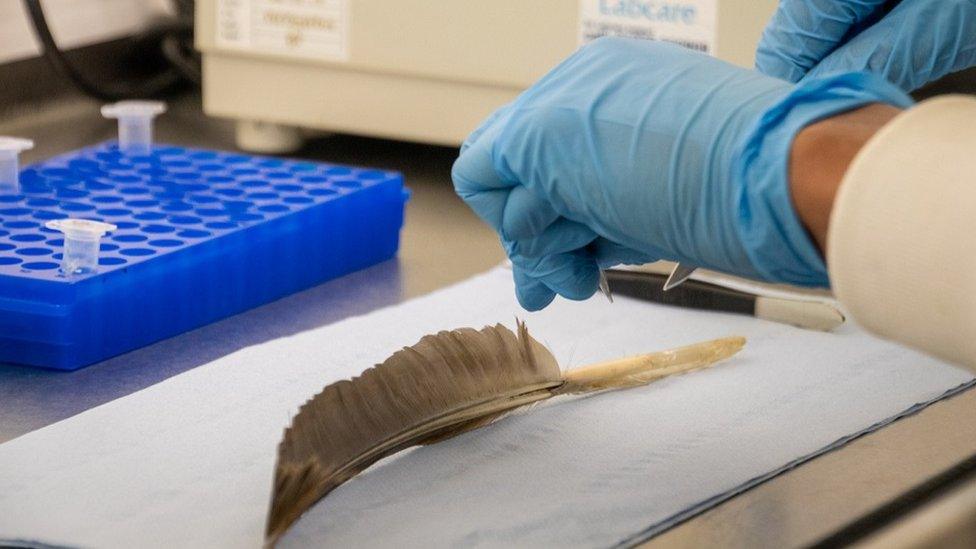
Fragments of DNA are extracted from feathers collected in the Cairngorms
As part of the project's work, additional capercaillie DNA samples have been obtained from Sweden, Poland, Germany, Austria, Norway and the French Pyrenees to give insight into genetic differences between capercaillie in the UK and other populations.
The research is backed by the National Lottery Heritage Fund.
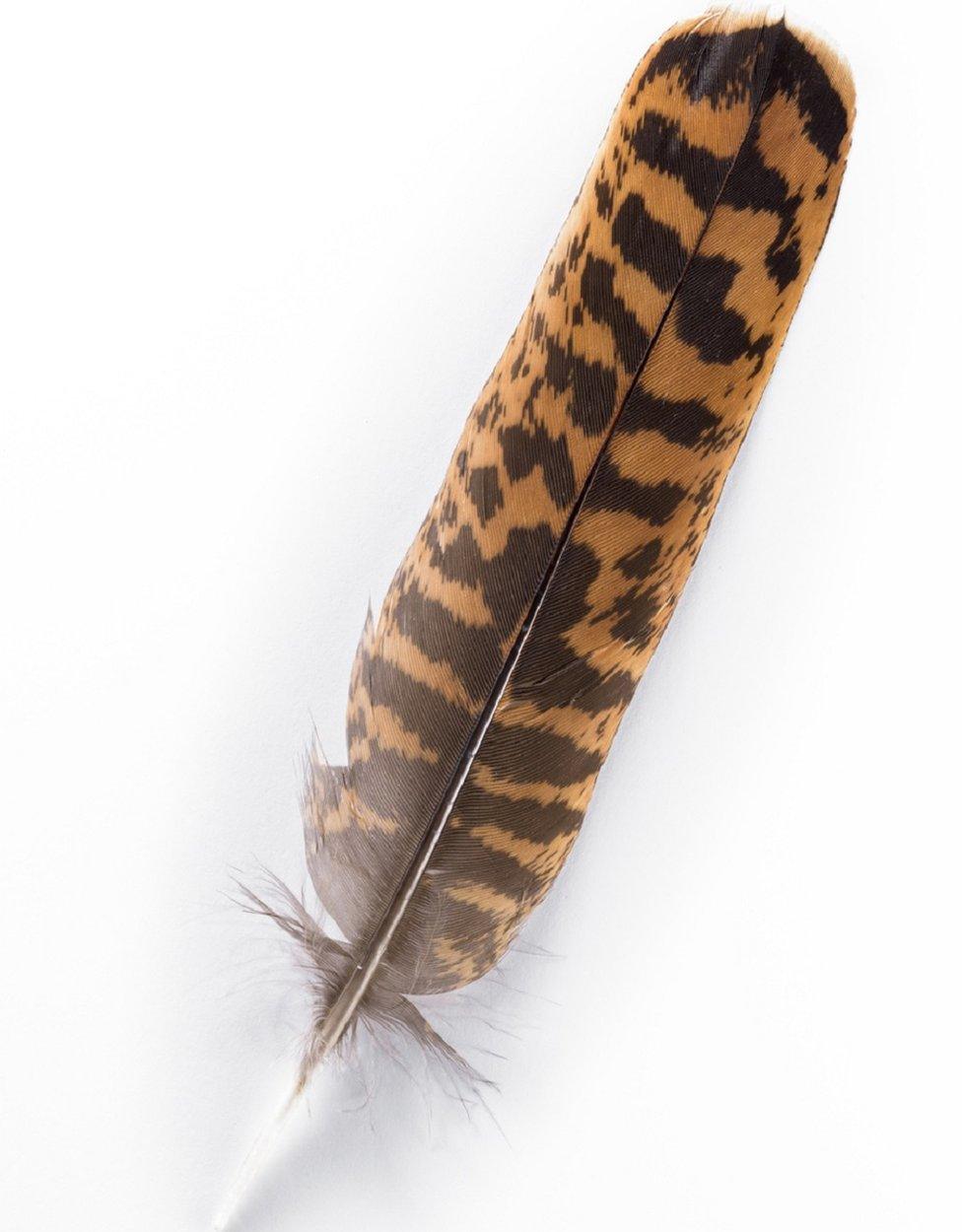
A female capercaillie feather

The capercaillie is a native species that became extinct in Britain in the mid-18th Century. The main cause for the extinction was thought to have been a catastrophic loss of its woodland habitat.
Birds from Sweden were reintroduced into Perthshire in 1837, followed by later reintroductions to Scottish pinewoods.
But a range of issues including human disturbance, habitat loss, predation and climate change reduced numbers of the bird, which is the world's largest species of grouse.
The Cairngorms National Park includes parts of the Highlands, Aberdeenshire, Moray, Perthshire and Angus.
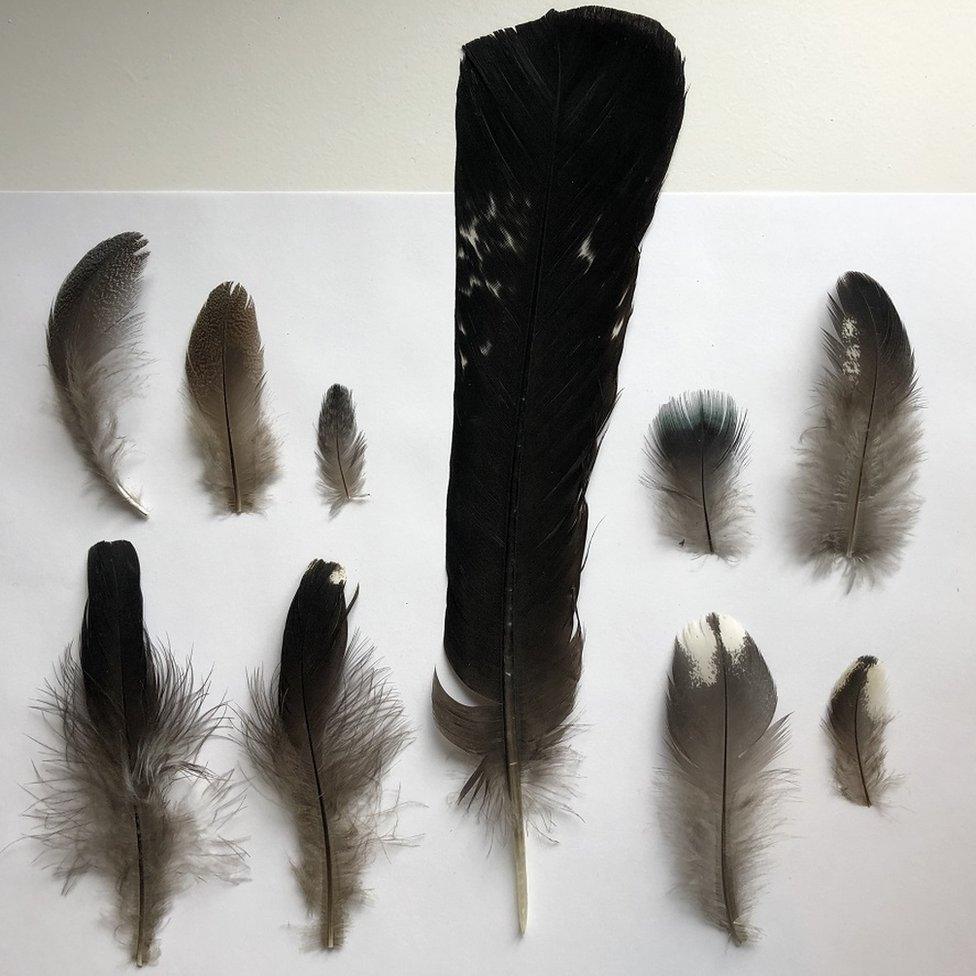
A collection of male capercaillie feathers

All images are copyrighted.